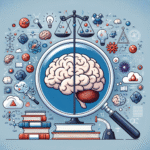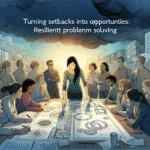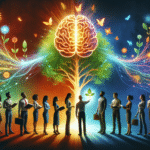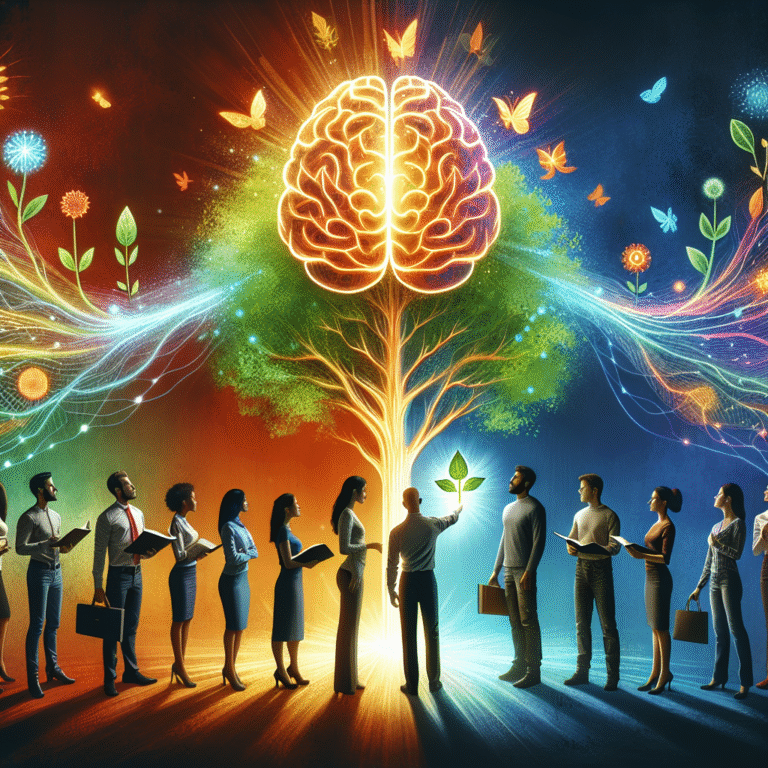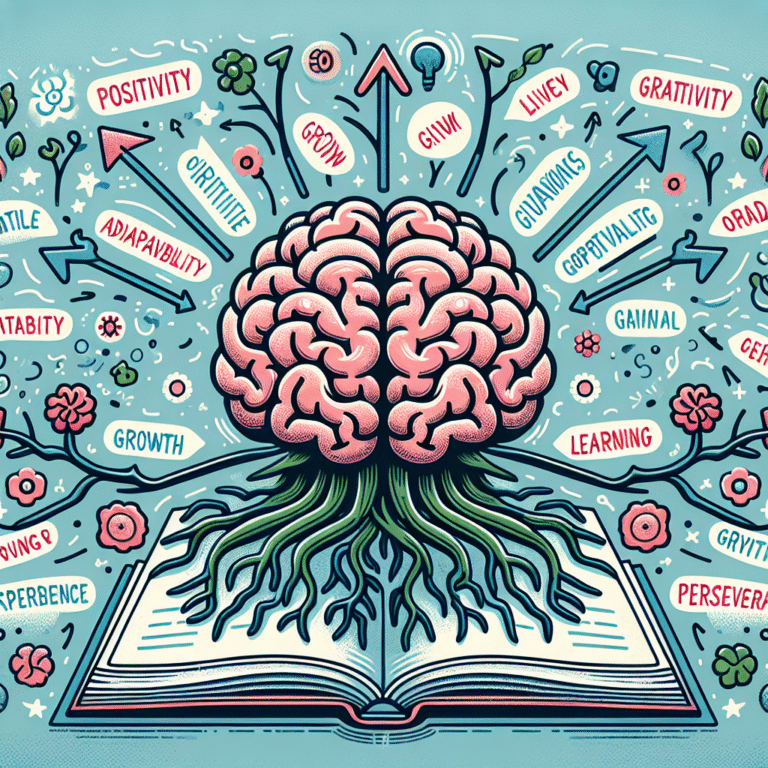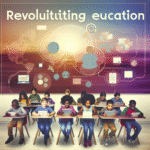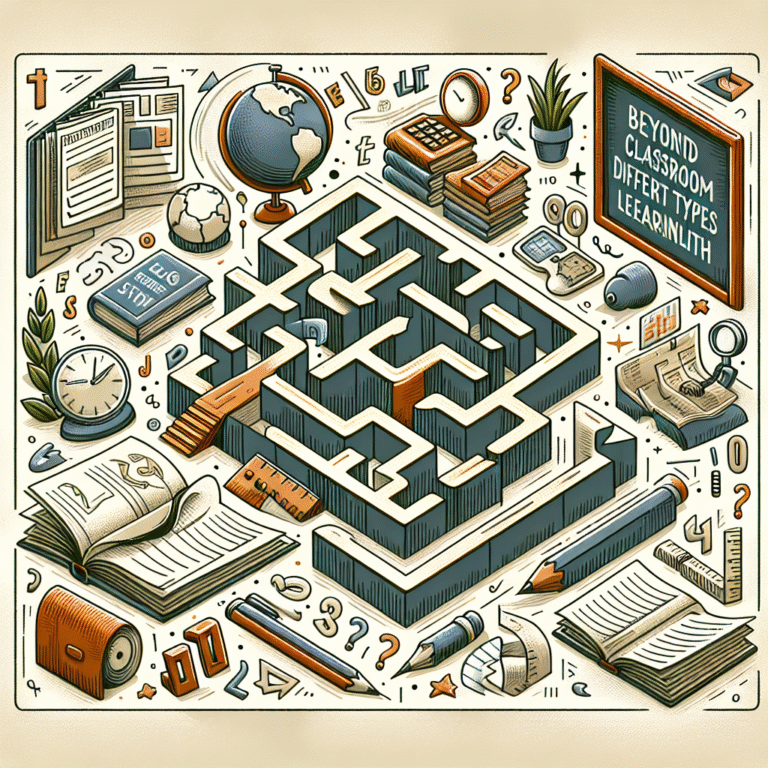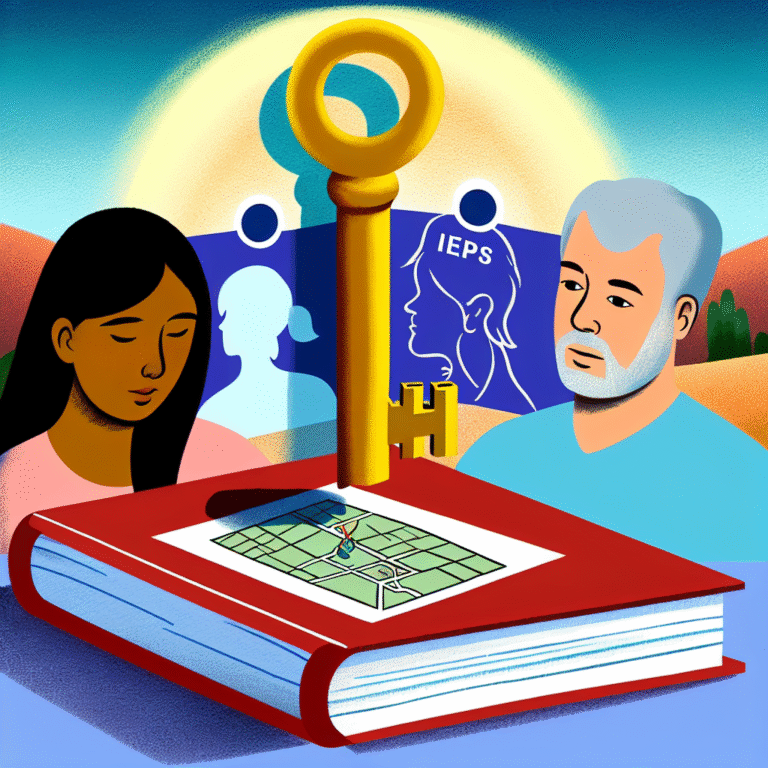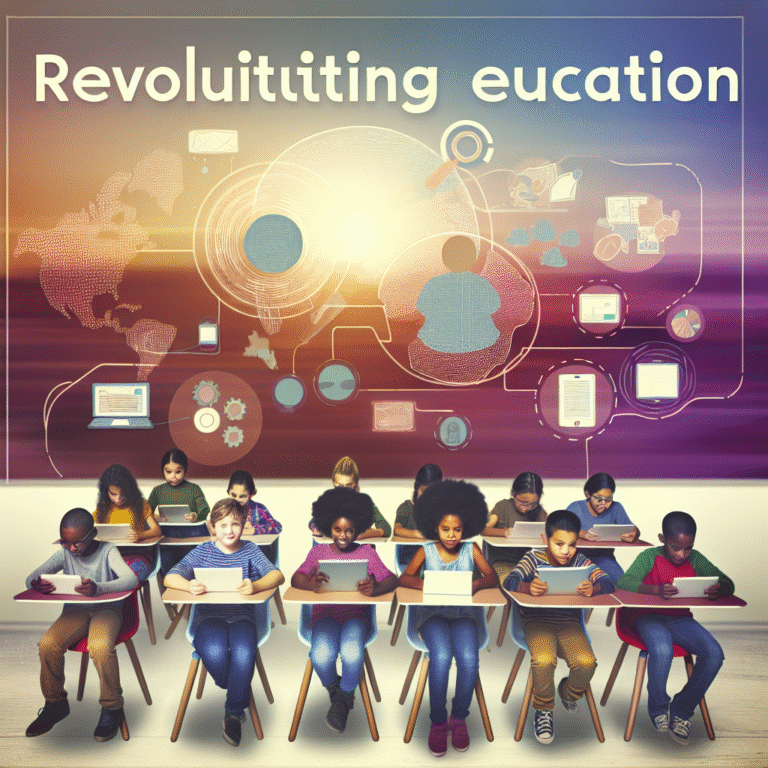
Introduction
In an age marked by rapid technological advancement and evolving educational paradigms, one concept emerges with transformative potential: gamification. The Game Changer: Why Gamification Matters in Education encapsulates a fundamental shift in how we approach learning. By integrating game-like elements into educational settings, educators can foster engagement, motivation, and real-world skills in students. As we dive into this topic, you’ll discover compelling insights, actionable strategies, and real case studies demonstrating how gamification is revolutionizing the educational landscape.
Understanding Gamification
What is Gamification?
Gamification refers to the application of game-design elements in non-game contexts to enhance user engagement and motivation. In education, gamification incorporates points, badges, leaderboards, and challenges into the curriculum to make learning more interactive and enjoyable.
Why Gamification Matters
The Game Changer: Why Gamification Matters in Education lies in its ability to transform traditional learning environments. The conventional approach often leans towards rote memorization, which can stifle creativity and critical thinking. Gamification, on the other hand, encourages exploration, collaboration, and continuous learning.
The Science Behind Gamification
Motivation Theories
To appreciate the significance of gamification, it’s crucial to understand the theories underpinning motivation:
Self-Determination Theory: This theory posits that people are motivated by three primary psychological needs—autonomy, competence, and relatedness. Gamification satisfies these needs by allowing students choices, fostering skill development, and building a community.
- Growth Mindset: Gamified environments encourage a growth mindset by showcasing progress through levels or achievements. Instead of seeing failure as a setback, students learn to view it as an opportunity for improvement.
Cognitive Benefits of Gamification
Gamification not only enhances motivation but also supports cognitive development. It promotes critical thinking, problem-solving, and adaptability. Games often require players to strategize, which parallels the skills needed for real-life applications.
Real-World Applications of Gamification in Education
Case Study 1: Duolingo
Duolingo, a leading language-learning app, exemplifies the successful application of gamification. With its points system, badges for milestones, and social features, Duolingo fosters a competitive yet supportive environment. Users find themselves continually motivated to practice, making language learning accessible and fun.
Analysis
Duolingo’s approach highlights how gamification can transform a tedious task into an engaging experience. The immediate feedback and rewards reinforce learning, demonstrating why gamification matters in education.
Case Study 2: Classcraft
Classcraft turns the classroom into a role-playing game. Students can create avatars, collaborate in teams, and earn rewards for positive behaviors and academic achievements. This immersive environment not only boosts engagement but also enhances classroom management.
Analysis
By integrating social interaction and role-playing, Classcraft aligns closely with the needs of modern learners. This case illustrates the versatility of gamification and its potential to redefine classroom dynamics.
Key Benefits of Gamification in Education
1. Increased Engagement
Gamification naturally enhances student engagement. When learning feels like play, students are more likely to participate actively. For example, points and badges serve as immediate rewards, achieving quick wins that bolster motivation.
2. Improved Retention Rates
Studies suggest that gamified learning environments lead to higher retention rates. The interactive nature of games reinforces memory through practical application and repetition in enjoyable settings.
3. Fostering Collaboration
Gamification promotes teamwork and collaboration among students. Through group challenges and cooperative missions, learners not only build relationships but also enhance their social skills.
4. Instant Feedback
Gamified systems often provide real-time feedback, allowing students to track their progress and adjust their learning strategies accordingly. This instantaneous feedback loop is crucial for effective learning.
5. Inclusivity
Gamification can accommodate diverse learning styles. Whether a student thrives on competition or prefers a collaborative environment, gamified elements can cater to individual preferences, creating an inclusive atmosphere.
6. Development of 21st-Century Skills
Gamification nurtures essential skills for the modern workforce, such as critical thinking, creativity, and digital literacy. By engaging in tasks that mimic real-world challenges, students are better prepared for future endeavors.
Challenges of Implementing Gamification
Resistance to Change
One of the primary challenges is resistance from educators accustomed to traditional teaching methods. It’s essential to provide training and resources to help teachers embrace gamification effectively.
Technology Requirements
Not all schools have access to the technology needed for gamification. While there are low-cost solutions, decision-makers must prioritize investment in digital infrastructure.
Balancing Fun and Learning
Another critical aspect is finding the right balance. Overemphasis on game mechanics can overshadow educational objectives. Educators must carefully design gamified experiences that meet curriculum standards.
How to Implement Gamification in Your Teaching
Step 1: Set Clear Goals
Identify the specific learning objectives you want to achieve through gamification. Ensure these goals align with standard curriculum outcomes.
Step 2: Choose Appropriate Elements
Select game mechanics that resonate with your students. This could include points, badges, levels, and narrative arcs. Tailor your approach based on your students’ age and interests.
Step 3: Foster a Supportive Environment
Create a classroom culture that celebrates achievements, encourages risk-taking, and values learning from mistakes.
Step 4: Assess and Adapt
Regularly assess the effectiveness of your gamification strategy. Gather student feedback and be willing to adapt based on what works best for your learners.
The Future of Gamification in Education
Innovations on the Horizon
With advances in technology such as virtual reality (VR) and augmented reality (AR), the gamification of education is moving into exciting new territories. These tools promise to create immersive learning experiences that further engage students and deepen their understanding.
The Role of Artificial Intelligence
AI will play a vital role in tailoring gamified experiences to individual learners. Personalized challenges and assessments can provide tailored support, catering to each student’s unique needs.
Conclusion
The Game Changer: Why Gamification Matters in Education is clear: it has the power to redefine learning experiences. By leveraging the principles of gamification, educators can create engaging, motivational, and adaptive environments that foster lifelong learning. It’s time for educational institutions to embrace this innovative approach, reshaping the future of education and nurturing a generation of skilled, adaptable, and motivated learners.
FAQs
1. What is the primary benefit of gamification in education?
The primary benefit is increased engagement. When learning feels like a game, students are more inclined to participate actively and consistently.
2. Can gamification work in all subjects?
Yes, gamification can be effectively implemented across various subjects, including math, science, language arts, and social studies, by tailoring the game mechanics to the content.
3. How can I introduce gamification in my classroom?
Start by setting clear educational goals, select appropriate gamified elements, and create a supportive environment that celebrates achievements.
4. What are some inexpensive tools for gamification?
Some inexpensive tools include Kahoot!, Quizizz, and ClassDojo, which allow for interactive quizzes, badges, and tracking student progress.
5. Is gamification suitable for older students, like high schoolers?
Absolutely! Older students often appreciate complex game mechanics that involve critical thinking and collaboration, making gamification relevant at higher educational levels.
With this comprehensive guide, you are now equipped to explore how The Game Changer: Why Gamification Matters in Education can positively transform classrooms and student experiences alike. Embrace this innovative approach and become a catalyst for change in educational methodologies!
